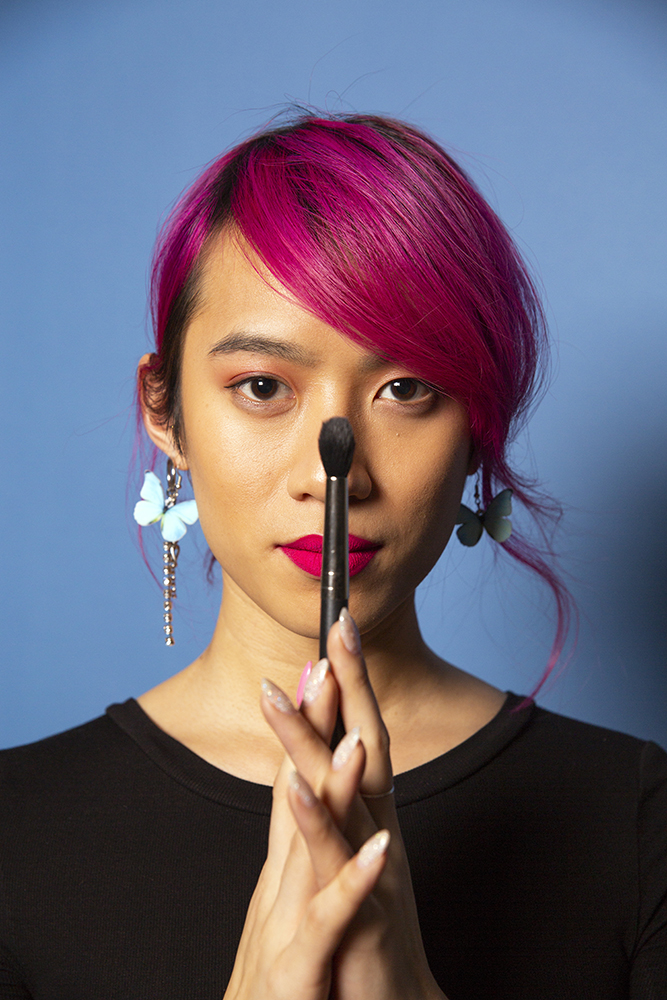Chapter 7. Gender, Sex, and Sexuality

Learning Objectives
12.1. The Difference between Sex, Gender and Sexuality
- Understand why sociologists view sex, gender, and sexuality as social constructions
- Examine the relationship between society and biology in formations of sexed bodies and gender identities.
- Discuss the role of homophobia, heterosexism, and trans phobia in society.
- Distinguish between cisgender, transgender, intersex, and queer identities.
- Analyze the dominant gender schema and how it influences social perceptions of sex and gender.
- Explain the influence of socialization on gender roles and identities.
- Review the indicators of gender inequality and their causes
- Examine the functionalist, critical, feminist and interpretive perspectives on gender.
- Distinguish between the social roles and behaviours of sexual noncomformists
- Examine the control of women’s sexuality
- Understand the social variability of sexuality and sexual practices.
- Examine postitivist, critical, queer and symbolic interactionist perspectives on sexuality and sexual practices.
Introduction to Gender, Sex, and Sexuality
In the 2024 Paris Olympics, boxers Lin Yu-ting and Imane Khelif fought their way to the finals, Imane going on to take gold for Algeria. Both competitors were sexed female at birth and have lived and competed as women and to date and were cleared to compete in Paris by the International Olympic Commitee. However, insinuations from competitors and from International Boxing Association, which itself had been banned from the Olympics due to accusations of corruption, created a social media storm, including much misinformation and transphobia (neither athlete were transgender).
None of this was new to sport. In 2009, the 18-year old South African athlete, Caster Semenya, won the women’s 800-meter world championship in Track and Field. Her time of 1:55:45, a surprising improvement from her 2008 time of 2:08:00, caused officials from the International Association of Athletics Foundation (IAAF) to question whether her win was legitimate. If this questioning were based on suspicion of steroid use, the case would be no different from that of 1988 Olympic 100 meter gold medal winner Ben Johnson. But the questioning and eventual testing were based on allegations that Caster Semenya, no matter what gender identity she possessed, was biologically a male. This was highly problematic as Caster was sexed at birth as female, and identified and lived her life, including her athletic career as a woman. In a politically and emotionally charged time, Caster learned that she was born with what some in elite sport term a difference in sexual development (DSD) though many with these bodies, and most sociologists, prefer the term intersex. In Caster’s case the DSD is called 46 XY 5-ARD and involves a body with a mixture of sex characteristics including XY chromosomes, and naturally high levels of testosterone which surpassed the threshold defined by the International Olympic Committee.

Many think that distinguishing biological maleness from biological femaleness is a simple matter — just conduct some DNA or hormonal testing, throw in a physical examination, and the answer is clear. But it is not that simple. A small number of bodies do not neatly fit into the categories of male and female as our society expects. This raises difficult questions for sport which has relied on binary categories to segregate men and women athletes but it also raises questions about the validity of a binary notion of sex (see the discussion of sex and intersex below).
The tramatic, humilating way that Caster Semenya was treated, with sports authorities administering invasive testing and armchair critics questioning her gender, led to much backpedaling and an attempt to create a new set of rules to place limits on eligibility in athletics based on testosterone levels. In 2012, the IOC said the criteria are not intended to determine biological sex. “Instead these regulations are designed to identify circumstances in which a particular athlete will not be eligible (by reason of hormonal characteristics) to participate in the 2012 Olympic Games” in the female category (International Olympic Committee, 2012).
There is one problem, elite athletes often have rare genetic and biological advantages that, alongside training, can lift one to the podium. Do these athletes, with rare but very helpful genetics, have an unfair advantage that should lead to their exclusion? Do we ask, like was done for Castor Semenya and many other women competitors (but not men), if these genetically advantaged people not ‘properly male’ or ‘properly female’?
In this chapter, we ask what does it mean to “have” a sex in our society? What does it mean to “have” a gender? What does it mean to “have” a sexuality? Answering such questions requires an understanding of how gender, sex and sexuality are social constructions, the topic of our next section.
Media Attributions
- Figure 12.1. A non-binary femme using a makeup brush vertical by Zackary Drucker, via the Gender Spectrum Collection from Broadly [now VICE] is used under a CC BY-NC-ND 4.0 licence.
- Figure 12.2 Washington Spirit playing against Orlando Pride on June 23, 2018 (https://commons.wikimedia.org/wiki/File:Quinn_June_2018.jpg) by Jamie Smed, via Wikimedia Commons, is used under a CC BY 2.0 licence.

